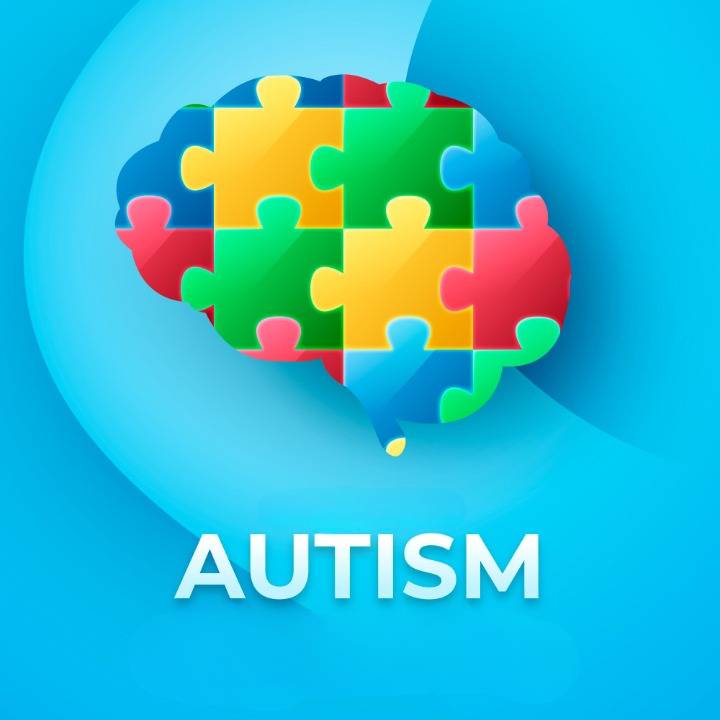Autism Spectrum Disorder (ASD), also known as autism, is a global health issue affecting millions of children worldwide. According to the World Health Organization (WHO), approximately 1 in 100 children has autism globally, with the prevalence varying across different regions and countries. Identifying autism in early childhood is crucial for providing autistic children and their families with the necessary supportive resources. Early detection is also critical as it facilitates early behavioral support, which has been linked to better outcomes. Duke University School of Medicine scientists have developed early autism detection models based on electronic health record (EHR) data.
Electronic Health Records (EHRs) and Autism
An electronic health record for a child can be used to identify the likelihood of autism within a month of birth, according to a Duke study published in JAMA Network Open. The study raises the prospect of using an autism screening tool to identify the disorder early.
Nearly half of autistic children can be identified within 30 days, according to research that looked at EHRs for specific patterns of healthcare use. Some examples of such patterns include early-stage autistic symptoms like sleep and vision issues observed during visits for neurological and gastrointestinal disorders.
The Role of Machine Learning in Early Autism Detection
Even when a child also had coexisting neurodevelopmental disorders like attention deficit hyperactivity disorder (ADHD), the assessment tool accurately predicted the likelihood that the child would eventually receive an autism diagnosis.
Although there are diagnostic tools like the M-CHAT that can identify autism in kids as young as 18 to 24 months, the typical age of diagnosis is around 50 months. This indicates that most autistic children are still not diagnosed in time to benefit fully from early intervention.
Early screening for autism is primarily done through the Modified Checklist for Autism in Toddlers with Follow-up (M-CHAT-F) and its revised variant (M-CHAT-R/F). These tools are applicable to children aged between 16 to 30 months and are widely used in the initial diagnosis of autism.
The screening tool built on EHR exhibited similarities to the M-CHAT test administered to children between the ages of 18 and 24 months, and as the child’s age increased past one year, its precision increased.
The study’s findings suggest that the accuracy of the initial autism diagnosis could be improved by combining surveys from a caregiver with electronic health records. Families would then have quick access to resources and early assistance.
The study involved the analysis of Electronic Health Record (EHR) data from 45,080 children, 924 of whom were found to meet the criteria for autism. Autism detection at 30 days using the EHR data-based approach was meaningfully accurate, outperforming the detection age of one year.
According to the authors, the machine learning algorithm was developed to find patterns in medical records that might be difficult for a single doctor to find without spending a lot of time going through each patient’s chart individually.
Benefits of Earlier Autism Detection
An earlier diagnosis of autism can result in earlier intervention and better outcomes for affected children. Language and communication abilities, social skills, and cognitive development can all be enhanced with early intervention. Additionally, it may lessen the severity of symptoms and improve long-term results.
Limitations
The existence of EHR data for the child’s first year of life is a requirement for the autism prediction tool to be helpful. Before the screening tool is used by healthcare providers, more testing must be done. The predictive algorithm is currently being incorporated into routine clinical practice at Duke Health by the research team.
Conclusion
The use of EHR data holds great promise for the earlier identification of autism in children. Machine learning algorithms can analyze large datasets of EHRs to look for possible autistic cases that may have gone unnoticed by healthcare professionals.
According to a diagnostic study on an autism screening test, early autism detection based on electronic health records can be carried out successfully as early as 30 days of age. Early autism detection can result in earlier intervention and better outcomes for affected children. The researchers advised that EHR-based monitoring be added to the current early autism screening techniques, such as the M-CHAT and other caregiver surveys, to increase accuracy.
Article Source: Reference Paper | Reference Article
Learn More:
Top Bioinformatics Books ↗
Learn more to get deeper insights into the field of bioinformatics.
Top Free Online Bioinformatics Courses ↗
Freely available courses to learn each and every aspect of bioinformatics.
Latest Bioinformatics Breakthroughs ↗
Stay updated with the latest discoveries in the field of bioinformatics.
Dr. Tamanna Anwar is a Scientist and Co-founder of the Centre of Bioinformatics Research and Technology (CBIRT). She is a passionate bioinformatics scientist and a visionary entrepreneur. Dr. Tamanna has worked as a Young Scientist at Jawaharlal Nehru University, New Delhi. She has also worked as a Postdoctoral Fellow at the University of Saskatchewan, Canada. She has several scientific research publications in high-impact research journals. Her latest endeavor is the development of a platform that acts as a one-stop solution for all bioinformatics related information as well as developing a bioinformatics news portal to report cutting-edge bioinformatics breakthroughs.






